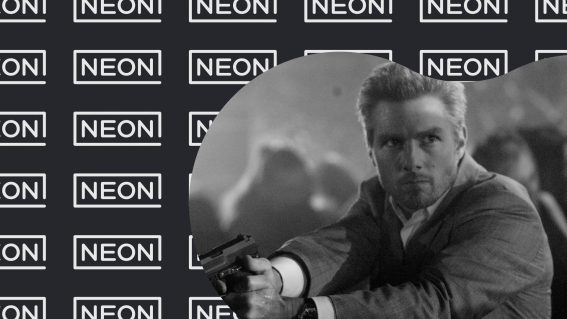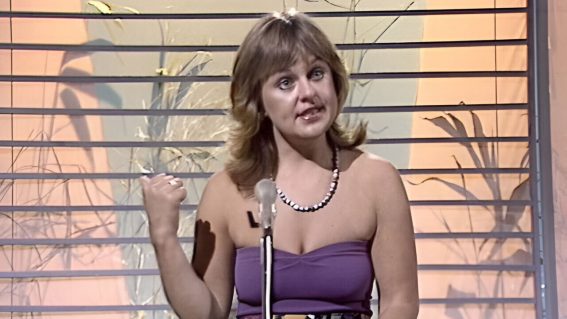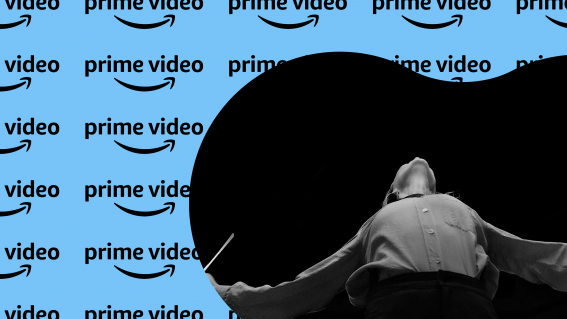I Kid You Not: Sonic was vital in breaking the video game curse
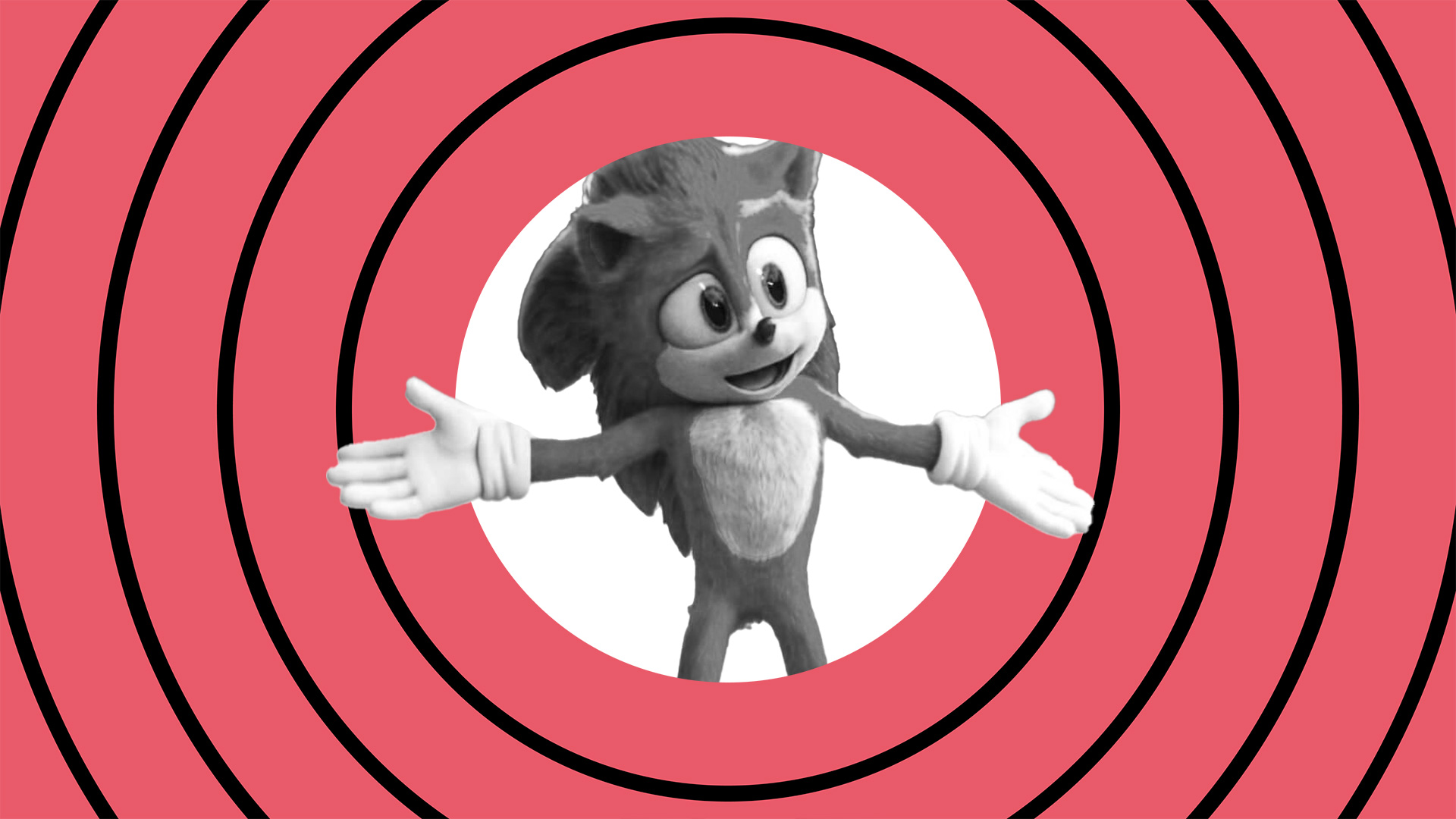
Who said family films aren’t cinema? In his column I Kid You Not, Liam Maguren critically evaluates the excellence in kids flicks and writes them into the history books. With recent game-to-screen adaptations gaining critical acclaim, he writes about the Sonic films’ contribution to lifting the video game curse.
Sonic the Hedgehog 2
We made it. We finally made it. We are now living in a time where videogame-to-screen adaptations are no longer automatically terrible. It only took *checks wrinkles on wrist* a couple of decades. But it seems safe to say writers, directors, and producers have finally cracked the code on making games work for film and TV.
Which isn’t to say they ALL used to be terrible. Christophe Gans’s Silent Hill had something going for it, the original Pokémon animated series did a surprisingly thorough job adapting materials from the first two games, and I’m a tragic defender of Paul W. S. Anderson’s goofy Mortal Kombat. Admittedly, to see any of these as ‘good’ requires a bit of squinting.
And some recent game adaptations aren’t part of this revolution. Ruben Fleischer’s Uncharted doodled over Naughty Dog’s love letter to action-adventure cinema, the recent Resident Evil adaptations (the film and the Netflix series) continued the franchise’s rock-solid record of sucking fat eggs, and you will never hear me say a good word about Paul W. S. Anderson’s Monster Hunter.
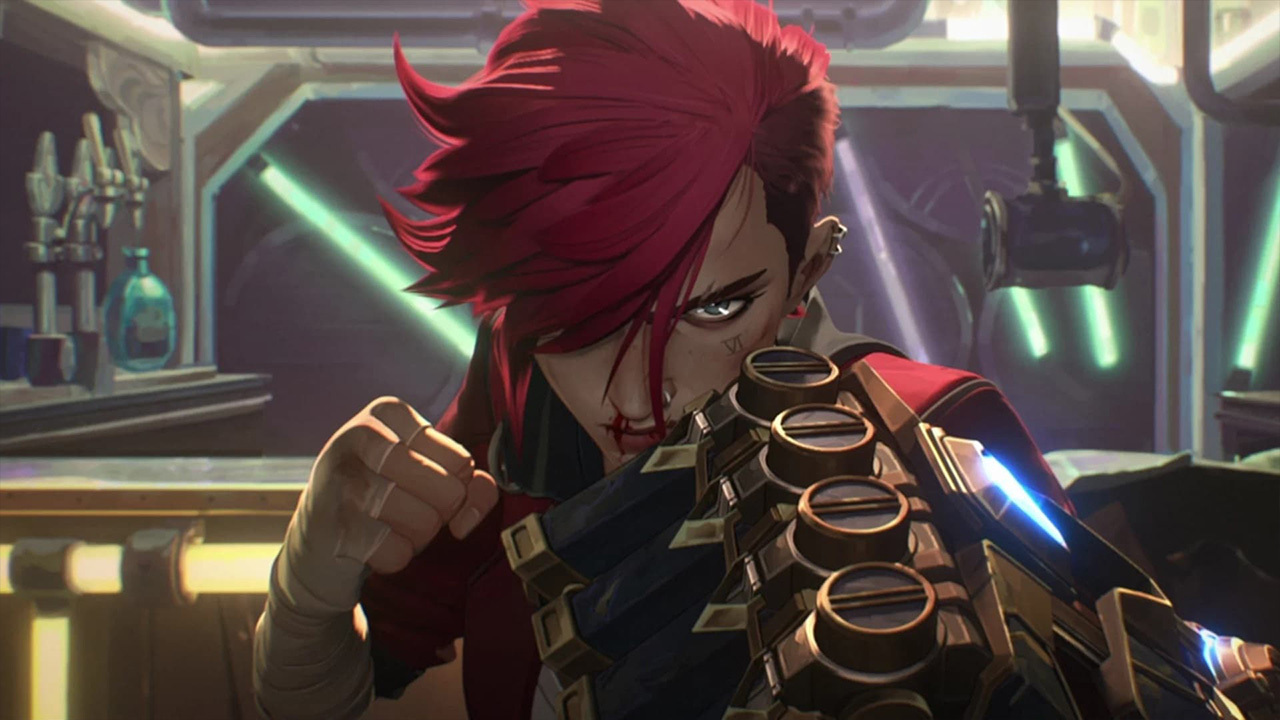
Arcane
However, we’re now seeing a consistent number of films and shows doing their games proud. On the TV front, HBO’s The Last of Us has left a gigantic impression on fans of the game and newcomers alike. Before that, Netflix delivered some noteworthy series with Castlevania, Cyberpunk: Edgerunners, The Cuphead Show!, and Emmy winner Arcane.
So what’s changed? For one, videogame storytelling has matured significantly over the past decade, giving screen adaptations a clearer blueprint to follow. You also see greater involvement with videogame creators—the partnership between Naughty Dog’s Neil Druckmann and Chernobyl creator Craig Mazin is one obvious example, League of Legends’ Christian Linke and Alex Yee being put in charge of Arcane is another—leading to a product with more genuine and authentic intentions.
To put it bluntly: these creators give a shit. And now, so do we.
Cinema has a bit of catching up to do, but it’s gaining pace with surprisingly inventive flicks like Rob Letterman’s kid-friendly noir Pokémon Detective Pikachu and Josh Ruben’s whodunnit gem Werewolves Within. However, leading the pack in a somewhat poetic fashion is SEGA’s spiky sprint machine Sonic the Hedgehog.

Releasing at the start of 2020, the first film became one of the highest-grossing films that year. Sure, entering cinemas mere weeks before a global pandemic helped bump it up the end-of-year box office list, but that shouldn’t take away from the film’s favourable reception.
It owed plenty to Ben Schwartz, who did a commendable job voicing Sonic, and Jim Carrey, who swallowed the role of Dr Robotnik with the power of a boa constrictor. However, the audacious decision from Paramount Pictures and first-time feature director Jeff Fowler to completely change Sonic’s CG look proved most significant, making the upgrade after the internet collectively dunked on the original Frankenhog design revealed in the movie’s first trailer. Moving past the memes and jokes, there were young fans desperate to see the Sonic they knew on the big screen, and to the production team’s credit, they did the hard yards and paid the big bucks to give them what they wanted.
This was a true act of giving a shit that paid off.

The 2022 sequel is, in my opinion, a bigger and better film that weaved in a bunch of elements from the classic games while making good use of its amplified budget. It felt like Fowler and his team boosted what worked in the original (creative action sequences, letting Carrey off the chain), suppressed what didn’t (Sonic being chained to James Marsden, the marketing use of Gangsters Paradise), and made the right additions to the series including getting Colleen O’Shaughnessey to reprise her role as Tails and Idris Elba to do a damn funny take on Knuckles.
In a decade, when we have writers looking back at what ended the great game-to-screen curse, they’ll undoubtedly point to The Last of Us and Arcane. And that’s deserved—they are great and mature adaptations that faithfully translated a wealth of story and lore from their respective games in a manner almost universally beloved.
However, I would argue that Sonic the Hedgehog and its sequel pulled off something close to miraculous. Anyone familiar with the franchise, whose games have ranged from ‘all-time classic’ to ‘legendarily rubbish’, will have some understanding of all the wackadoodle places this blue rat has gone to.
Oh, you want examples? How about the time Sonic entered the Arabian Nights? Or travelled time to fight his robot duplicate? Or dated a human girl? Or turned into a werewolf? Or made dank memes? Or started a band during the apocalypse? Or became a pinball?
I dare not touch the fan-fic.

There is a wild amount of Sonic content that—frankly—might be too much for one human brain to absorb. And yet, Fowler managed to make two films fit for general family audiences that remained faithful to this absolutely insane franchise.
While The Last of Us proves that well-written narrative-driven games can work for screen, Sonic the Hedgehog shows that almost any game can be adapted. It just requires the right approach and people who care enough about the property to make it happen.
And if we think back on the Sonic the Hedgehog films as part of this significant turning point, how might we remember his biggest rival Mario? If the upcoming film from Illumination proves to be as good as it looks, the biggest mascot in gaming will have the honour of representing two different eras of videogame-to-screen adaptation: the dark times and the golden era.











